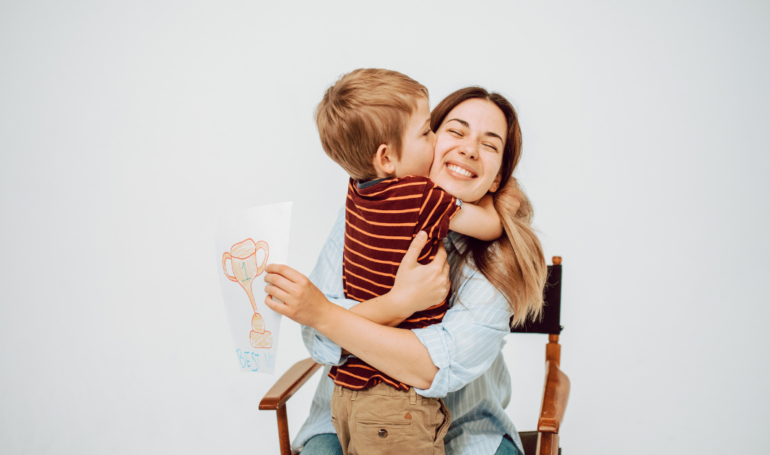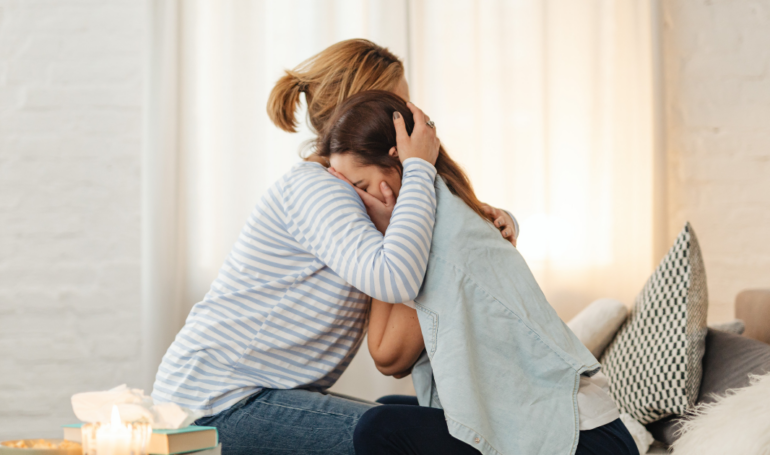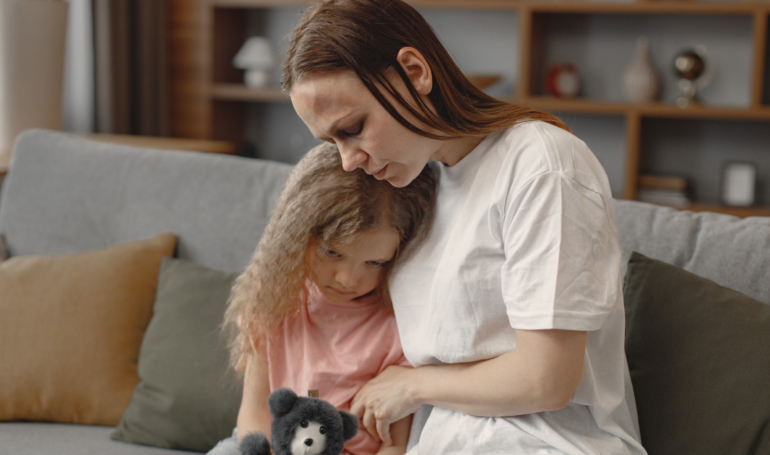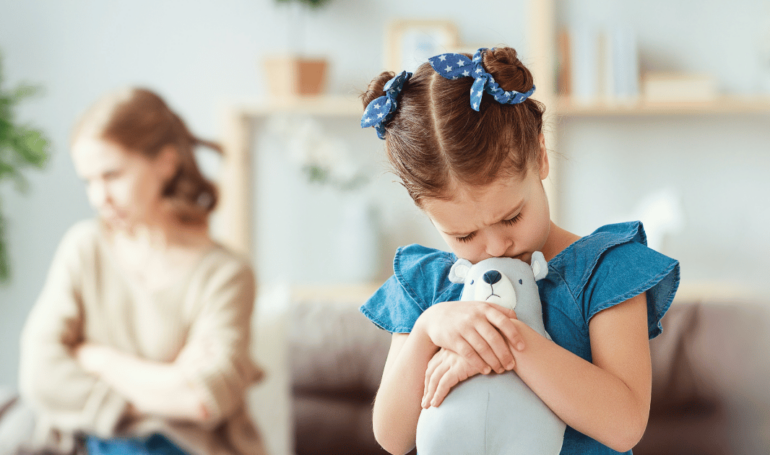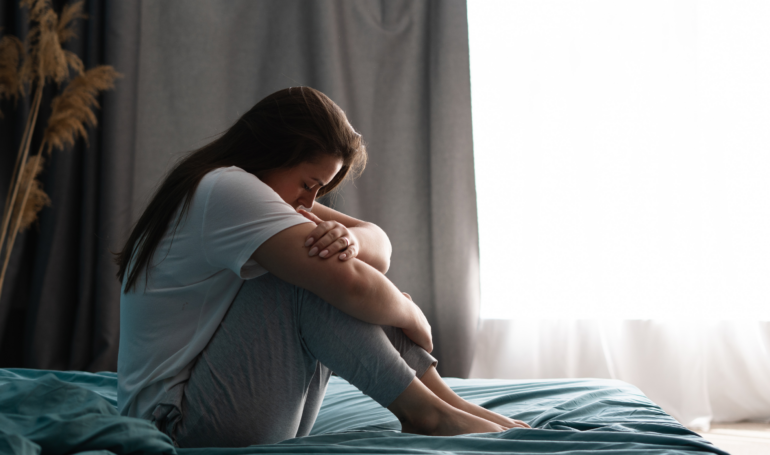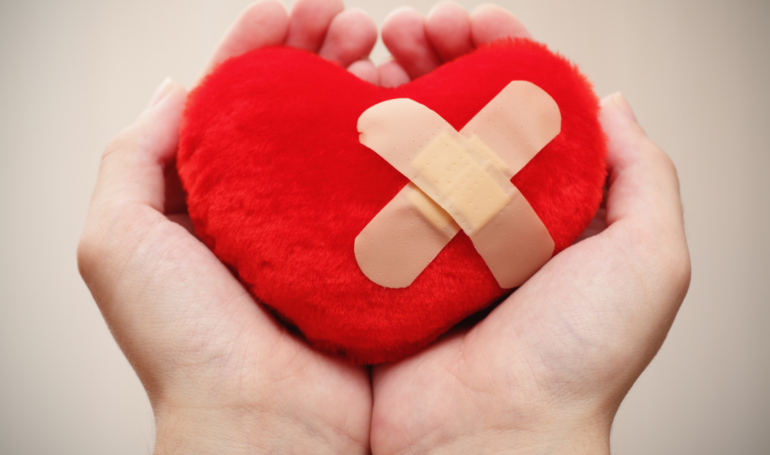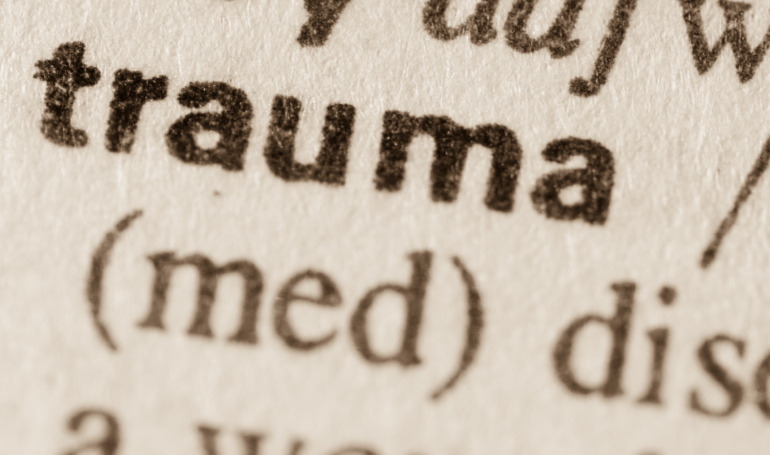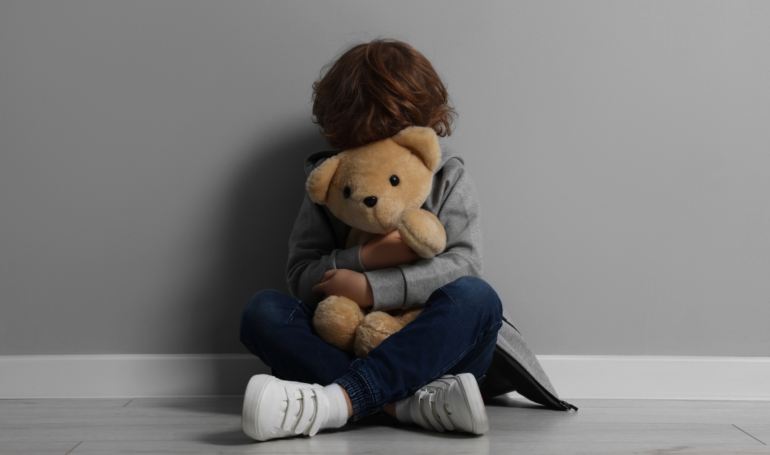The CIA Framework for Protective Parenting – Part Four
Coercive controllers are strategic. Protective parents must be too. The key is to create consistent, authentic connection without pressure or expectation. This is where the CIA framework comes in: Creativity, Intentionality, and Attunement. Creativity: Finding New Ways to Connect When a child is being manipulated, direct conversations about the coercive controller often backfire. Instead, focus …

